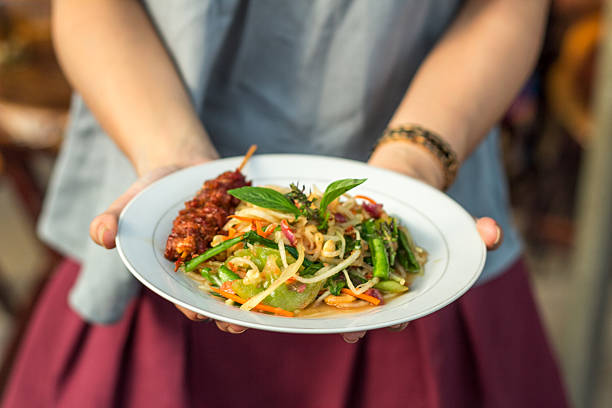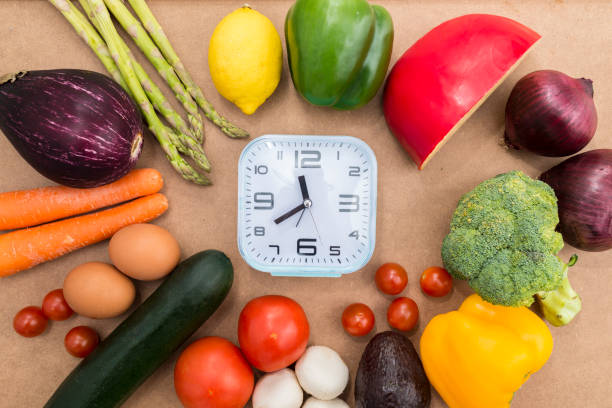Experiencing the Exotic: A Foray into Cambodian Cuisine
Cambodia's culinary landscape is a hidden gem, filled with bold flavors, intriguing techniques, and a deep connection with the country's rich history. Dive into the world of Cambodian food for a taste of the unexpected. Cambodian cuisine, also known as Khmer cuisine, is a fascinating blend of flavors and techniques, often overshadowed by its better-known neighbors: Thai and Vietnamese. However, it brings a unique palette of tastes to Southeast Asian culinary traditions, characterized by its use of fresh ingredients, subtle seasonings, and a delightful mix of sweet and sour flavors.

The Art of Balance: Sour, Sweet, Salty and Bitter
The cornerstone of Cambodian cuisine is the harmony of flavors. It’s common to find a single dish balancing sweet, salty, sour, and bitter flavors, a testament to the Khmer people’s culinary wisdom. This balance is often achieved through the use of tuk trey (fish sauce), palm sugar, and an array of herbs and spices such as lemongrass, kaffir lime, and galangal.
Noodles, Rice, and Everything Nice
Rice and noodles form the staple of Cambodian meals, much like other Southeast Asian cuisines. However, the Khmers add their unique spin to these staples. Num Banh Chok, for instance, is a popular breakfast dish featuring rice noodles served with a fish-based curry and topped with fresh vegetables.
Fish: The Heart of Cambodian Cuisine
Cambodia’s geography, with its abundant rivers and lakes, has made fish a central ingredient in its cuisine. The fermented fish paste known as prahok is a distinctive flavor component in many dishes. Meanwhile, the freshwater fish from the Tonle Sap Lake feature prominently in Amok, a signature Cambodian dish of fish steamed in a banana leaf with coconut milk and kroeung, a complex spice paste.
A Sweet Cambodian Desserts
The sweet ending to a Cambodian meal often features tropical fruits, sticky rice, and coconut milk. One delightful example is Num Plae Ai, sweet rice flour dumplings filled with palm sugar and served in a bath of coconut milk.
- Cambodian cuisine is underpinned by a philosophy of balance, with each meal designed to offer a harmonious blend of flavors.
- The use of fermented fish paste, or prahok, is a defining characteristic of Cambodian cuisine.
- Cambodia’s bountiful rivers and lakes contribute to the importance of fish in its culinary traditions.
- Desserts in Cambodian cuisine often utilize the country’s rich variety of tropical fruits and coconut milk.
Cambodian cuisine offers a culinary experience that is both exciting and rich in history. The intricate blend of flavors, the emphasis on fresh ingredients, and the importance of balance all reflect the country’s cultural and geographical influences. Embarking on this culinary journey not only broadens your gastronomic horizons but also provides a deeper understanding of Cambodia’s unique cultural tapestry. So, why not try out a Cambodian recipe today? Your taste buds are in for a treat!





